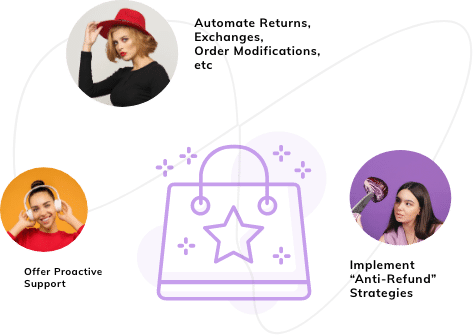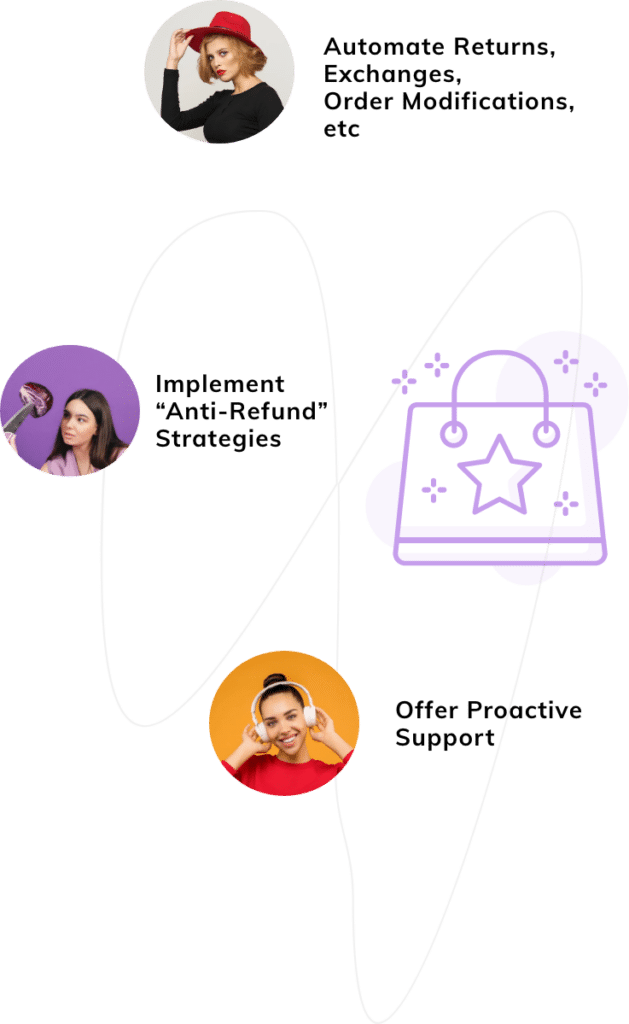Last Updated: April 2024
80% of customers say the experience a company provides is as important as its products or services, according to Salesforce’s “State of the Connected Customer” report.
How do you provide the best Customer service experience?
By ensuring the best quality of customer interaction with your customers by your customer service agents.
In this post, we will tell you how to train your agents effectively and efficiently!
But first, let us know what customer service training exactly is.
What is Customer Service Training?
Simply put, teaching or imparting knowledge to your company staff or customer service agents about your
- company
- products or services
- customer interactions on all the available platforms – emails, calls, chats, etc.
Importance of Customer Service Training
62% of customers say their experiences with one industry influence their expectations of others. 91% of customers agree that a positive customer service experience makes them more likely to make another purchase.

Customer behavior changes from time to time. Their expectations of products or services or of your company always keep growing.
Also, you as a company keep making changes to your products and services in order to meet those customer expectations and strive to achieve the number one spot in the market.
In order to achieve a higher customer satisfaction rate, customer loyalty rate, and increased ROI, you need to ensure that the best customer service experience, CX is provided to your customers. And to do that, you need to ensure that all your agents are at par with the knowledge base and industry standards.
How to train your customer service agents?
You can provide the best customer service training for your employees by framing an exclusive in-house training team depending on the size of your company, management’s adaptation ability, and the resources available.
In-house training
You can customize your customer service training programs according to your agents’ training needs and set achievable customer service quality goals.
You must assign a team of able, versatile, and qualified design personnel to draft the training programs that could meet:
- Adaptation within available resources – space, equipment, etc.
- Designing the customer service training program using effective customer support training methods and materials to impart coherently customer service skills training
- Managing the trainee headcount while the headcount on the job is undisturbed and the work should continue without any disruption
- Ability to provide quality customer service classes that disseminate a thorough knowledge of the company’s products and services
- Ability to assess the quality of the training output
- Conduct constant short or descriptive training as and when required
Training Program Flow
The below flow chart will give you a crystal clear idea of how to design and impart an effective training program in order to achieve maximum CX scores.

New Agents Orientation Training
The day your freshly recruited agents join your company, you should not make them hit the floor. First, take them through the first orientation training where you introduce the new trainees to your company and its products or services.
This is where you expose them to your company’s
- Objective
- Goals
- Culture
- USP, etc.
Always ensure knowledge analysis by the end of every training session to check the levels of your agents’ understanding of the training context. For example, a quick quiz might give you a fair idea of how much the trainees learned about your company and its goals.
Products/Services Training
The first part of customer service training should be all about your products and services. That’s because customers really get frustrated if they find out that the customer service agent does not have adequate knowledge about the products or services of your company.
Almost all the software or hardware products can be used for model teaching giving your trainees a clear practical knowledge of
- what the product is?
- How does it work?
- What could possibly go wrong?
- How do fix those issues?
Then conduct a simple assessment of the same to identify how many agents got it all right and how many are struggling. Quickly re-train those who find difficulty.
Call Flow Training
“Agent: Thank you for calling ABC Company. My name is Ashley. How may I help you today?
Customer: I am calling because I received the wrong bill. I just paid my phone bill two days ago and my payment is not reflected in the bill.
Agent: Sorry for the inconvenience madam. May I have your Account Number, please….”
Your training team should have developed the Call flow scripts for the entire call flow segments of both inbound and outbound processes, depending on the various phenomena of scenarios.
- Always share a copy of the same with all the trainees
- Make the same available in soft copies on every individual system that the agent is going to use to assist in the future
- Train them thoroughly such that they are absolutely prepared for any response conversations
Call script practice assessments are quite vital for both you and the trainees to identify the speed of their conversations and achieve the best Call Resolution Time.
Tools and Equipment Training
The technical training doesn’t really take much time, but should not be neglected either, as it most of the time leads to an increase in call abandonment rate.
A call center should have a call abandonment rate between 5% and 8% on average, anything beyond that will put your company’s reputation at stake.
It is very essential that the agent is practically exposed to
- Call equipment
- Systems tools
- Software
- How to fix minor technical issues immediately while on the call with the customer, in case of such unforeseen occurrences
- Also, you need to train the exact call flow script to use during these situations
Some agents may tend to panic when they face similar technical glitch cases. To avoid that and help them improve, assess them practically like in a mock test.
Soft Skills Training
The ability to connect with the customer, identify the issue quickly, resolve it faster, empathize, have a quality conversation, have customer engagement, etc are the requisite soft skills or KPIs for any customer service agent, and they need to be honed by time to time.
Role of KPIs in customer service training:
1. CSAT/CSS – Customer Satisfaction score/Customer Service Satisfaction
As the name suggests, the customer satisfaction score purely shows how good or bad the customer’s interaction was with your customer service department.
2. Average Resolution Time
It is the time taken by the customer service agent to understand and resolve the customer’s problem.
3. First Call Resolution Time
This is a vital score in the whole of KPI data as it shows you whether the agent was able to understand the customer’s issue and resolve it faster. You can thus understand the agent’s knowledge percentage about your company’s products and services.
4. Call Quality
This score particularly talks about how the agent’s call flow was, and whether the agent exhibited all the key rules of soft skills and attitude towards the customer.
5. Churn Rate
This data shows you how many of your customers retain with you and continue enjoying your service and how many exited due to their bad experience with your products or services.
All the above KPI data help you to gather an overall performance view of every single agent so you can plan for their further training suitably.
Involve senior agents and successful peers in these training sessions to share their bit of experiences and achievements. This will ease the pressure among the trainees and boost their confidence levels too.
Automate Your Training
Do you know that you can now train your agents efficiently using automated systems and also increase your manpower productivity time simultaneously?
AI-powered tools like Saufter are the latest buzz in the industry to help you in automating your whole agent training processes and save a significant proportion of up to half (50%) of your training time so that you can make use of that valuable time and focus on increasing your CX rates.

The automated training tools use all the pre-recorded history of conversations and structure the simulated conversation modules to train the agents very effectively. These tools also assess and render detailed reports that are very useful to you in further training decisions.
You can also sign up for a 15-day FREE trial to understand how it works!
Why Training is a must?
No matter which method of training you choose, your goal to provide the best customer service training is definitely appreciatable and unquestionably prolific as it,
- Boots your customer service agents’ confidence
- Keeps them motivated
- Results in cheerful interactions
- Rises their performance levels
- Shoots up higher Customer satisfaction rate
- Results in extra-ordinary customer retention rate, and further leads to newer business
- Improves productivity ratio
- Increases employee retention ratio
- Higher yields in ROI
But remember! It is a continuous and ongoing process. Keep doing it.









